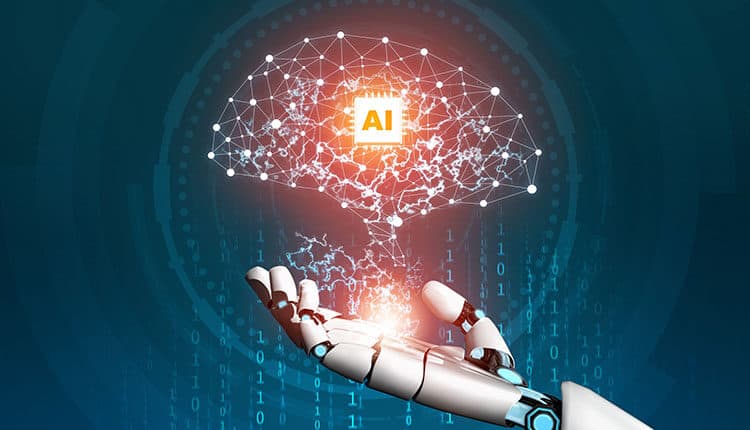By Henry Issac M, Country Head – Cloud Native Business, DataStax
Extracting the best AI-driven insights requires organisations to successfully manage fast-moving event streams, operational data, and ML models.
Amid the rapid digitisation of the Indian economy, organisations are investing more in artificial intelligence (AI) to deliver better customer experiences and compete in local and global markets. According to the Indian Brand Equity Foundation (IBEF), the AI market is expected to be valued at USD 7.8 billion by 2025. Simultaneously, NASSCOM data predicts that the technology can provide a USD 957 billion boost to the Indian economy by 2035.
AI technologies work best when paired with real-time data ecosystems that can quickly process fast-moving data streams, operational information, and machine learning (ML) models. By fusing all three of these elements together, organisations will be able to work with more accurate insights and reduce decision-making time. This is especially crucial in a business landscape where speed is a defining factor in achieving business success.
What real-time AI offers organisations
AI is often most beneficial when it is part of a real-time data system. In cases where decisions need to be made urgently, whether it is detecting fraud or preventing supply chain delays, real-time AI can prevent situations from escalating.
Besides that, AI can create unique and personalised experiences that can draw customers to an organization’s front door. For instance, chatbots and mobile apps use predictive analytics to foster context-driven interactions, enabling organisations to effectively solve customers’ issues. AI can also enhance the online aspects of augmented and virtual reality, gaming, and social media by connecting users to services or friends that might pique their interest.
Lastly, AI can accelerate the creation of edge computing solutions that put data storage and processing infrastructure closer to the source. This setup benefits organisations that operate a multitude of smart devices, sensors, and beacons, as they do not have to rely on external data centres to generate insights. This, in turn, enables consistent operations and faster responses.
Real-time AI requires an “out with the old” mindset
The biggest challenge with enabling real-time AI is the reliance on outdated approaches and legacy technologies. Because of their inability to work with new data elements and services, teams often find themselves struggling to handle extract, transform, and load (ETL) processes as well as integrate new data sets. Further complicating matters is the lack of technologies necessary to manage and process data quickly and accurately. This makes it harder for data teams to assess internal and external developments as they happen.
Having a clear vision – and pursuing investments in line with those objectives – is key to becoming a data-driven organisation, and decision-makers must ensure their new additions to their IT stack facilitates data and model governance, discovery, observability, and profiling.
A real-time AI ecosystem checklist
To leverage real-time, organisations need enhanced scalability and data reliability. Ensuring models are trained right and deployed using the right datasets and features is critical. This needs to be supplemented with a clear data-to-AI alignment blueprint that outlines how employees can train their models to be truthful and concise in their reporting.
The path towards that lies in combining Kubernetes with a cloud-native approach. Firstly, this will align real-time AI execution strategy for microservices, data, and machine learning models. Furthermore, it will also eliminate the siloed mindset. And while Kubernetes is not without its own complexities, pairing it with cloud-native, open-source solutions simplifies deployment. This, then, frees engineers and developers to do their best work and drive business to be real-time AI leaders
Organisations also need data ingestion platforms and operational data stores to ensure data is reliable and not constricted. In particular, an operational data store enables the integration of information from multiple sources, which is then available for reporting operational performance and creating inferences. It also combines data and its features in a centralised environment for use in training ML models. Data ingestion platforms, meanwhile, simplifies this process for data teams by scaling and coordinating new and growing event streams.
Key takeaways
The market is constantly changing, and organisations know that they must be more nimble than ever to thrive. While AI holds remarkable potential, it will all be for nothing if organisations lack unified, real-time data infrastructure. Simply put, AI success rests on rethinking the way organisations handle data – which then provides the impetus for better products, more satisfied customers and future innovation down their real-time journey.



